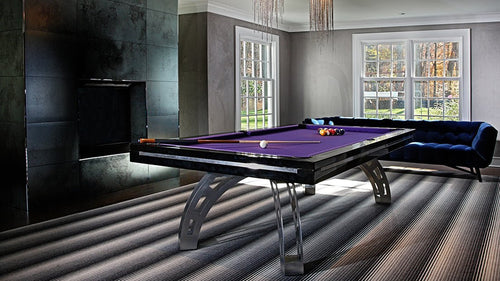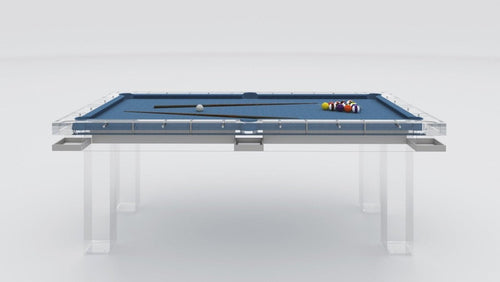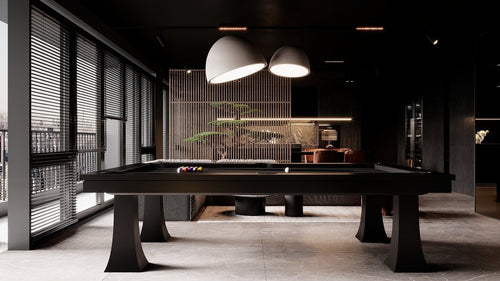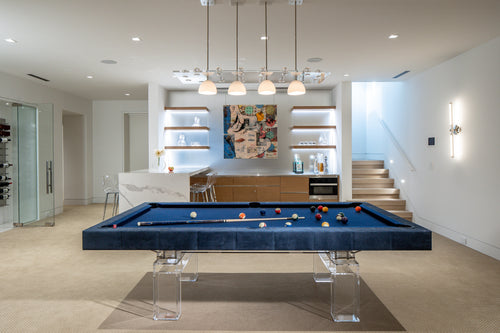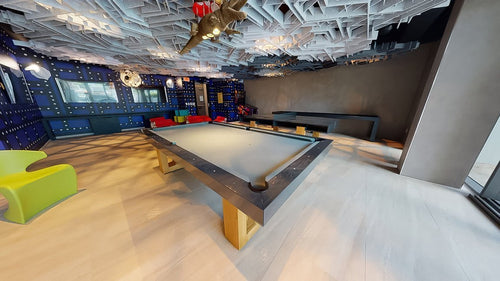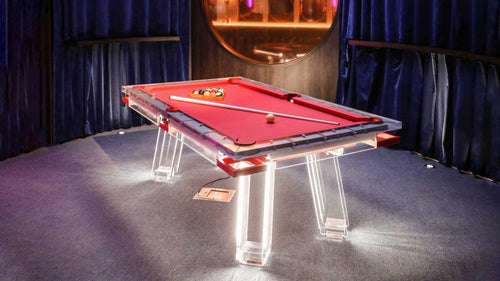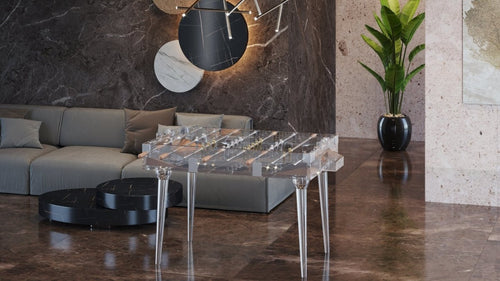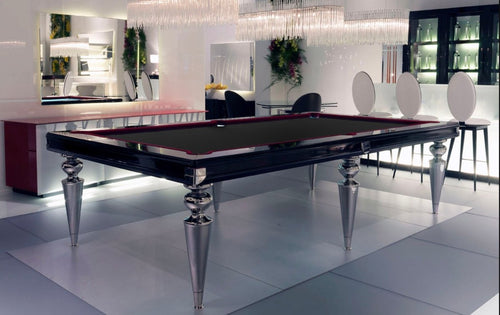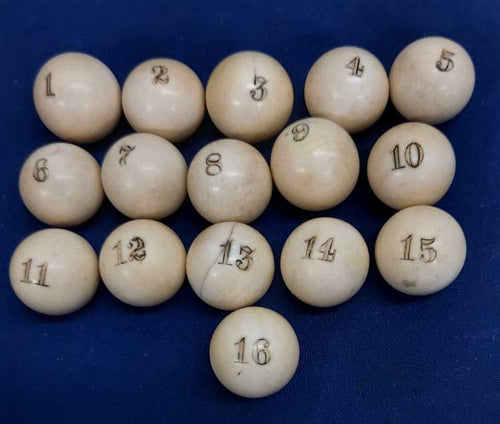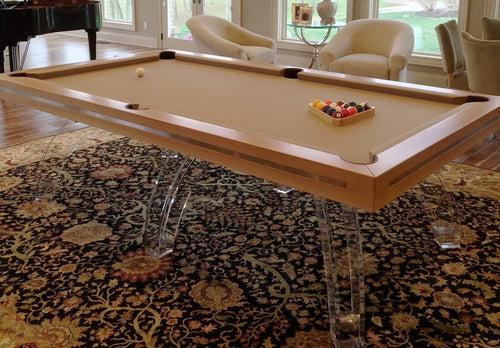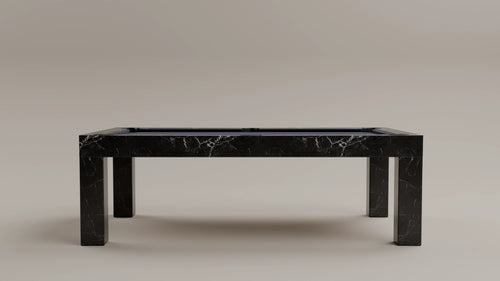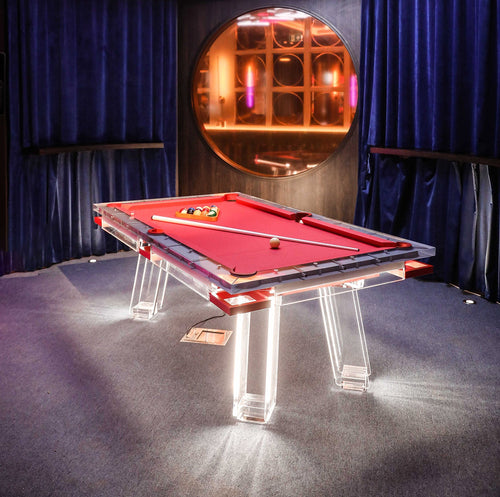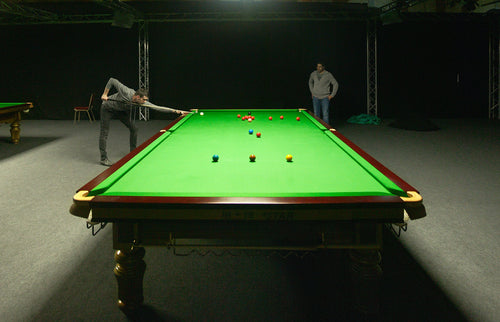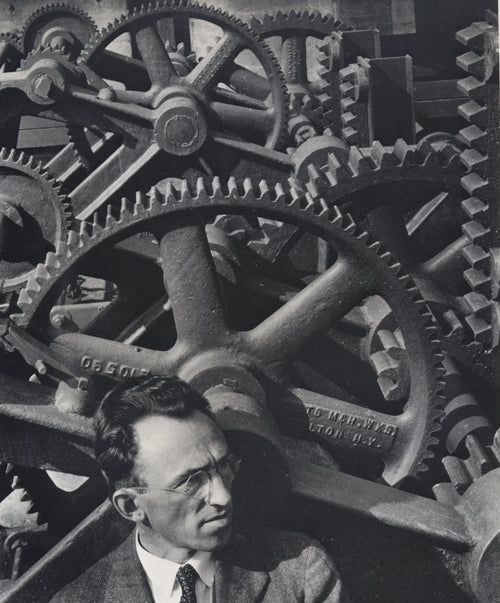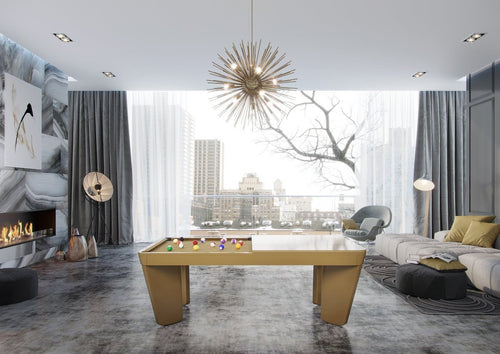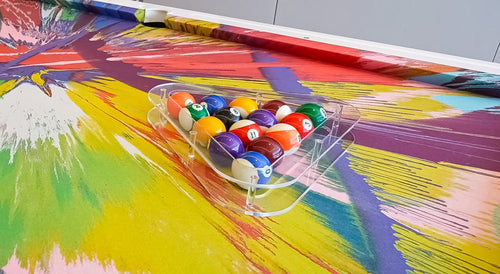Enjoy our modern designs
Estimated Read Time: 11 mins |
England's design history during the Stuart and Georgian periods reflects a complex interplay of Italian and Continental influences, adapting them into a characteristically English style that differed in significant ways from the dominant Baroque and Rococo movements in other parts of Europe.
Early Influences and Renaissance Foundations
Art and design concepts from the Renaissance, which began in Italy, spread outward to various regions, including England. English design history follows a pattern of development through early, middle, and late phases, though terminology is often based on successive royal reigns, which can cause styles to overlap. The transition from Tudor to Elizabethan (1558–1603) shows increasing symmetry and classical planning, with more frequent introduction of Italianate classical detail. Contact with Holland and Flanders brought design elements like strapwork plaster ceilings to England. Inigo Jones was a key figure who introduced the more consistent classicism of the High Renaissance, having studied in Italy and being influenced by Palladio. His work, like the Queen's House and Banqueting House, demonstrated an expert handling of Italian-inspired Palladian detail.
The Stuart Era (Including Carolean, William and Mary, Queen Anne)
- Carolean (1660–1689): This period is part of the Restoration era following the return of Charles II. Interiors like the state rooms at Wilton House (designed by Jones and Webb before the Restoration but pointing toward later developments) showed richness with painted and gilded carved ornamentation and elaborate ceilings. Sir Christopher Wren, influenced by Italian Baroque (he met Bernini in Paris), became Surveyor-General after the Great Fire of London in 1666. Wren designed numerous churches and the new St. Paul's Cathedral. While often described as Baroque, Wren's work retained a strong sense of order and discipline, making it distinct from the Baroque of Catholic Europe. Interiors of St. Paul's featured marble pavement, elaborate screens, choir stalls with carvings, and imported pottery and rugs.
- William and Mary (1689–1702): This period saw a retreat from the elaborate extremes of the Carolean period. Walnut became the preferred wood, and veneer was used for decorative surface treatments. Decorative lacquer work was developed in England as an alternative to imports. New furniture types like the Highboy and Gate-leg table became popular, and printed cotton Chintz was introduced for curtains. French weaving techniques were also adopted.
- Queen Anne (1702–1714): Corresponds to Late Baroque design in English architecture. Architects like Vanbrugh and Hawksmoor created monumental works like Blenheim Palace. In contrast to the architectural grandeur, furniture and interiors displayed a new sense of practicality, modesty, and comfort.
The Georgian Era (1714–1830)
- Early Georgian (1714–c. 1750): Interiors featured ornamental plasterwork, mirrors, paintings, and gilt chandeliers. Palladian influence, stemming from Inigo Jones and promoted by Lord Burlington and William Kent, was significant. Interiors incorporated details based on Pompeian precedents.
- Late Georgian (c. 1770–1810): Dominated by the Adam brothers, who developed a unique style blending Palladian, Rococo, and Neoclassical elements. Interiors featured marble columns, decorative plasterwork, painted and gilded ornamentation, and thematic rooms like the Etruscan Room. Chinoiserie was also popular, influencing wallpaper, porcelain, and furniture. Renowned cabinetmakers like Chippendale, Hepplewhite, and Sheraton published influential pattern books.
- Overall Georgian Character: The Georgian era is admired for its consistency, order, and elegance. This extended from large mansions to modest townhouses.
England in the Larger Baroque and Rococo Context
While related to European Baroque and Rococo, English design maintained a distinct character of logic and restraint. Baroque in England, particularly under Wren, differed markedly from its Continental counterparts. French Rococo design, though influential, was adapted into the restrained elegance of Late Georgian interiors, particularly in the work of the Adam brothers.
Carolean and William and Mary Period Furnishings
- Jacobean Furniture (1603–1649): Massive and straight-lined but lighter than Elizabethan styles. Featured ornamental carving, lathe-turned legs, and stretchers. Oak and walnut were common. Textiles like silks and tapestries enhanced comfort.
- Carolean (1660–1685): Walnut became dominant, often with ebony inlays. Curved forms appeared in chair backs and legs. The Cabriole leg emerged. Elaborate carving and upholstery increased. Furniture types included Wing-back chairs and drawer chests.
- William and Mary (1689–1702): Marked by Baroque character. Walnut was widely used. Veneer and lacquer decoration developed. Furniture types included the Highboy and Gate-leg table. Chintz and French weaving techniques influenced textile use.
- Queen Anne (1702–1714): Furniture became smaller, lighter, and more comfortable. The Cabriole leg was refined. Wing-back chairs, secretary desks, and cushioned seating became standard.
Transition to Georgian Design
- Early Georgian (1714–1750): Continued Queen Anne practices. Mahogany became popular. French Rococo influenced decorative elements.
- Middle Georgian (1750–1770): Defined by Chippendale’s Rococo-influenced designs. Furniture featured Chinese, Gothic, and exotic motifs.
- Late Georgian (1770–1810): Hepplewhite and Sheraton favored Neoclassicism. Furniture became more rectilinear and delicate.
England’s Stuart and Georgian periods introduced curving forms and increasing luxury, evolving from Jacobean sturdiness to Queen Anne comfort and Georgian elegance. English interpretations of Baroque and Rococo leaned toward order and moderation, setting them apart from the exuberance seen on the Continent.



